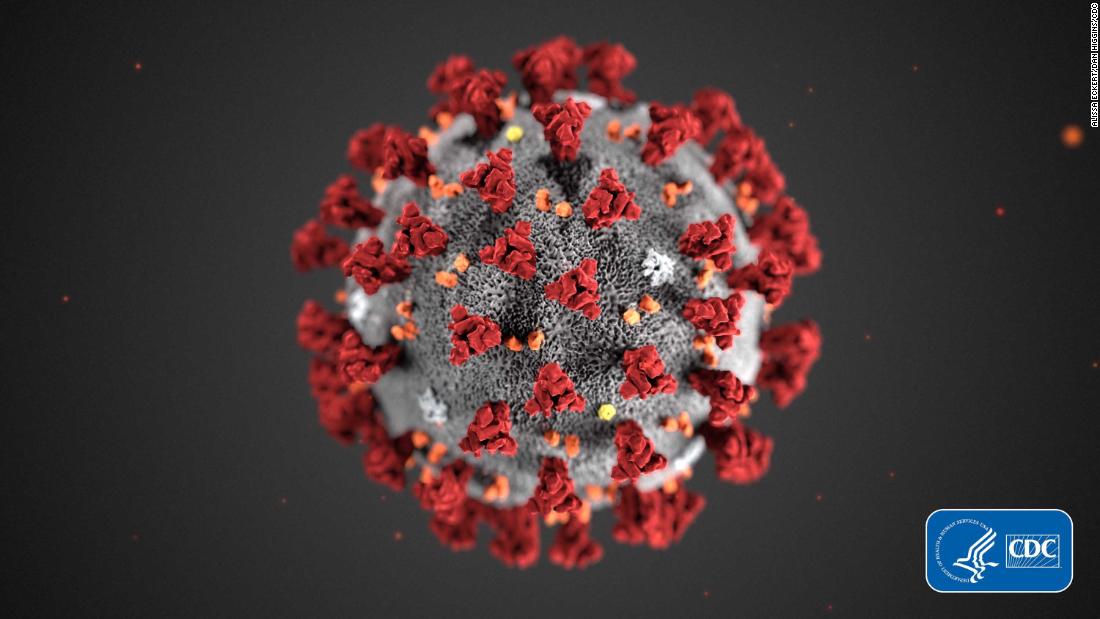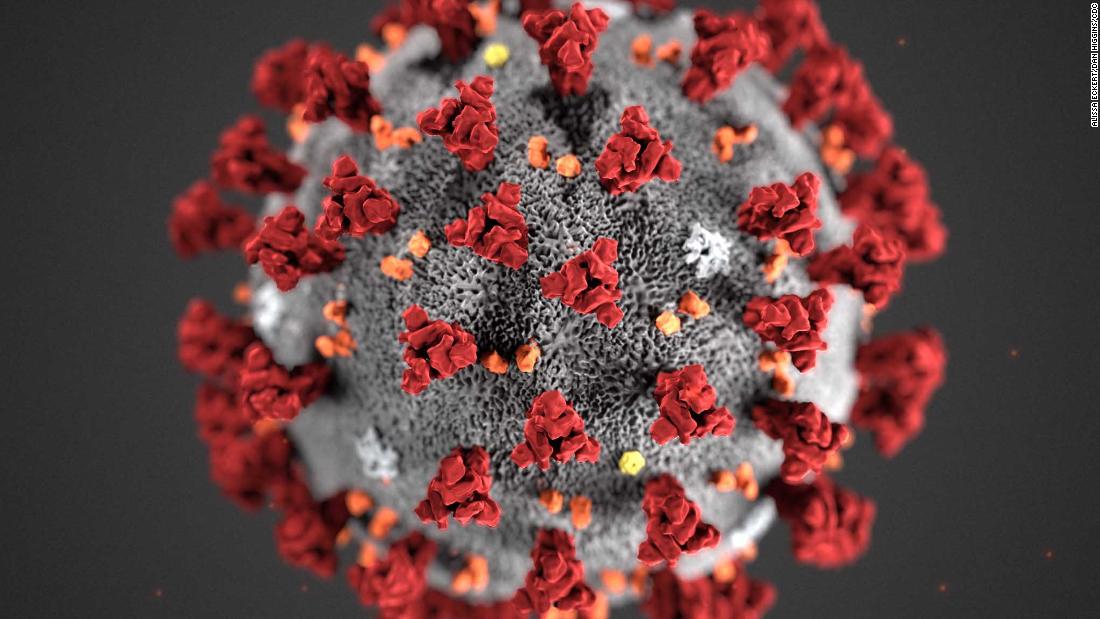[ad_1]

This would be a concern, but not nearly as much as what appears to have happened: Many health care workers and many patients got infected in many parts of the hospital. What’s more, since there’s a broad spectrum of infection and only patients who were sick were tested, it’s quite likely that there was even more transmission in the hospital.
What does this mean?
The virus appears to be quite infectious, health care workers are at especially high risk, and we urgently need more information about just how infectious the virus is. The virus might well be impossible to contain — just as the common cold and influenza can’t be stopped, but the health and societal impacts can be blunted.
China’s extraordinary efforts to stop the spread of the virus, even if unsuccessful, may slow its spread and improve China and the world’s ability to limit the harm the virus causes.
What do we need to do now?
Source controls include encouraging patients who are only mildly ill to not expose others; requiring all people who are ill to wear face masks; limiting hospital attendance by visitors who may be infectious; ensuring that ill health care workers don’t work; and minimizing the number — and ensuring the safety of — risky procedures such as bronchoscopy and sputum induction, by performing them only in isolation rooms.
Engineering controls include putting partitions in triage areas, making sure potentially contaminated air is not recirculated and surfaces are cleaned meticulously, and implementing additional precautions for suspected cases.
Administrative controls include asking all patients if they have symptoms and taking their temperatures; requiring those with cough or fever to wear a face mask, and isolating them from others at least by several feet until they are more thoroughly assessed. It’s especially important to recognize all potentially infectious patients quickly and to implement strict infection control procedures and early in all areas of all health care facilities.
What more do we need to know?
China has been working hard to keep up with the testing, care and social impacts of the virus. It’s good to see crucial epidemiological information starting to emerge.
We still don’t know the basics about who has been tested, what proportion are positive, how this is changing over time, and what the positivity rates are by location, week of testing and patient age. This is basic information. As just one example: How many children have been tested? Does the fact that there have been few infections in children reflect a lack of testing or a lack of infection?
Among those who test positive, what proportion do and don’t develop severe disease, analyzed by age, sex and underlying medical conditions? What proportion die, analyzed by the same factors?
The answers to these questions will help determine whether the virus is already circulating widely (i.e., has become endemic and can’t be stopped), what proportion of all with infection have serious illness, and whether the epidemic is peaking or not.
Where is the novel coronavirus going next?
- If sustained transmission begins in other countries, which unfortunately seems likely.
- If it does, whether it can be contained, which unfortunately seems unlikely.
- How severe the illness is among those who are infected, which we still don’t know.
[ad_2]
Source link

